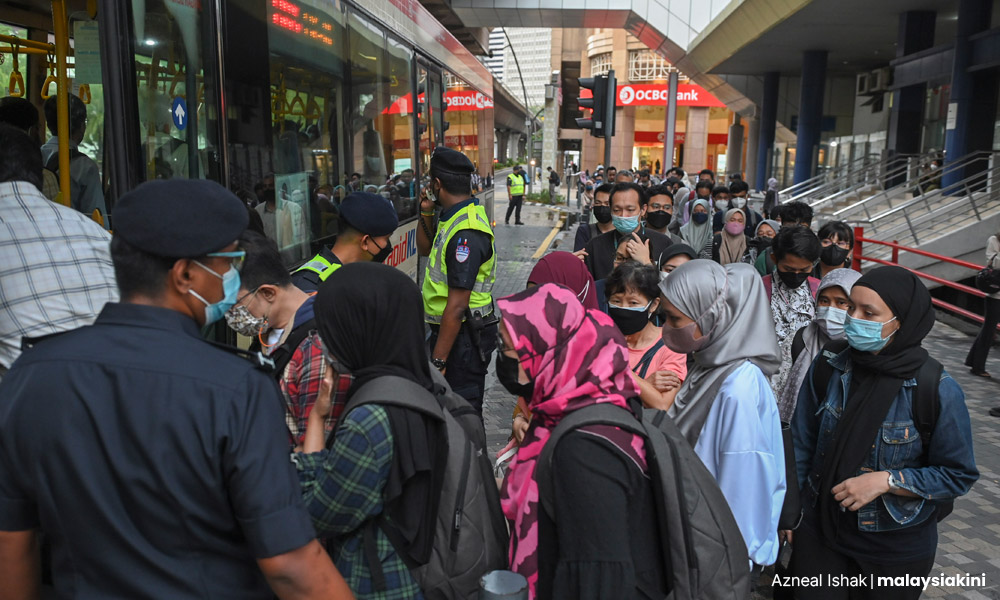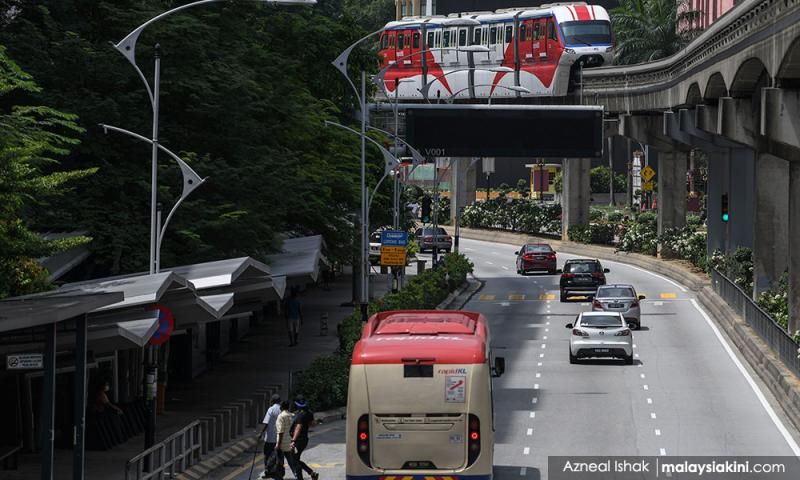LETTER | Public transport: An equitable green transition
LETTER | The Association for Welfare, Community and Dialogue commends the coalition government’s effort in coming up with an energy transition plan.
This is aside from the blueprint for decarbonising Malaysia’s transportation sector, which saw the completion of the Low Carbon Mobility Blueprint 2021-2030 in 2020.
While the plan is good for a transition to a green economy, it will not see real progress in terms of the common good if it ends up for mere commercial purposes and profits, while the equity aspect that benefits the common citizens is ignored.
As an example, living in Ipoh I observe how public transport, such as buses moves along key main roads while skipping the interiors of housing areas, where public buses could be used for transportation instead of private vehicles.
In this area, some students would require cheaper public transport to colleges and universities and senior citizens would prefer efficient public transport to go for hospital checkups. Most of them are ageing and not able to drive private vehicles.
One has to walk a distance to the main roads for bus services.
There are also overwhelming road jams in Ipoh due to private vehicles during school pick-up time and one wonders how much carbon is emitted to the atmosphere and endangering the health of citizens.
Research has shown road transport contributes to over 70 percent of air pollution in urban areas and is the second largest contributor to the total carbon dioxide (CO₂) emissions in Malaysia at 21 percent in 2016.
Reduce use of private vehicles
Transport-related air pollutants such as nitrous oxide (NOx), sulphur dioxide (SO₂), carbon monoxide (CO) and particulate matter pose significant threats to the urban population’s health.
To an average person, transportation is the most visible source of greenhouse gas emissions especially when there are large fleets of cars on the roads.

Shifting from cars to public transport can reduce up to 2.2 tonnes of carbon emissions annually per individual according to research.
What is practically required in Malaysia is to reduce private vehicles and support the use of public transport that would help bring down carbon emissions.
Greater utilisation of public transport services over personal vehicle use is one of the best ways to reduce emissions and helps to save the environment.
Many cities have successfully reduced CO₂ emissions by as much as 50 percent by reducing or limiting the flow of private cars.
It is unfortunate that the idea of public transportation was placed on the back burner, especially in the wasted 22 years of Dr Mahathir Mohamad’s premiership.
While the nation goes through a green transition plan, the most significant way we could start is by making public transport available in all areas instead of selected areas.
This requires creating awareness among citizens on the importance of public transport in the green transition plan.
This would create a far more equitable and health-friendly green transition plan that caters to all citizens, irrespective of background.
The writer is the secretary for Association for Welfare, Community and Dialogue.
The views expressed here are those of the author/contributor and do not necessarily represent the views of Malaysiakini.
RM12.50 / month
- Unlimited access to award-winning journalism
- Comment and share your opinions on all our articles
- Gift interesting stories to your friends
- Tax deductable
